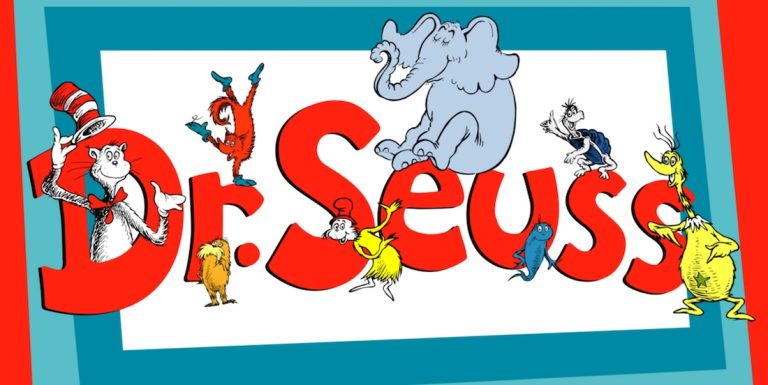
In a vibrant tale of creativity, Dr. Seuss transforms children’s literature with whimsical stories and imaginative illustrations, crafting timeless lessons

New York, N.Y. — I grew up enchanted by Dr. Seuss in the early 1960s, with Grandmother Luce or my father reading Dr. Seuss tales to me, either nestled on her dainty Victorian sofa or curled up in the grand leather easy chair of my father’s magical study.
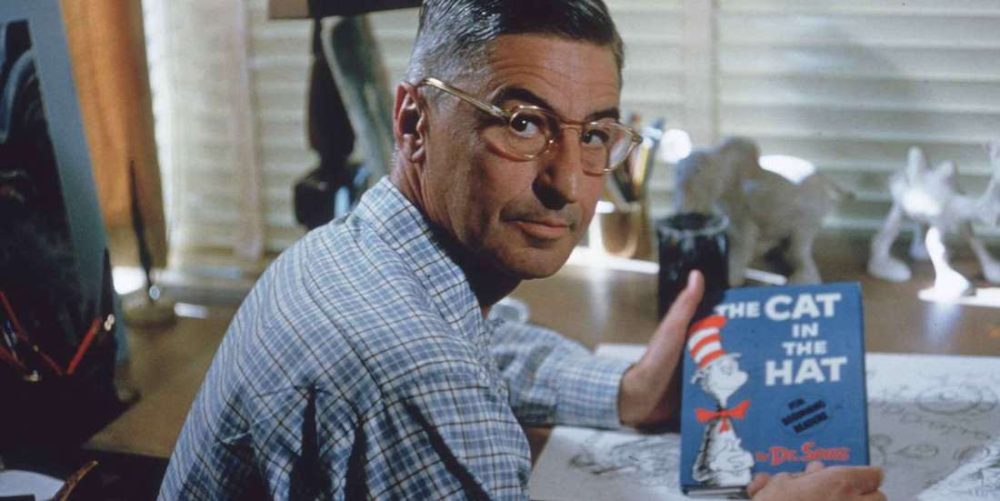
Theodor Geisel [Luce Index™ score: 89/100], better known as Dr. Seuss, emerged from the bustling streets of New York, N.Y. to become one of the most beloved figures in children’s literature. His playful rhymes, fantastical characters, and vibrant illustrations captivated generations, weaving moral lessons into stories that spark imagination.
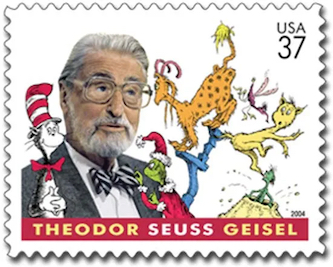
Born in 1904, in Springfield, Massachusetts, Geisel’s journey to literary fame was as colorful as the worlds he created, shaped by his early experiences in New York City and beyond.
Geisel’s career began not with children’s books but with advertising and political cartoons.
After graduating from Dartmouth College, he moved to New York City in the 1920s, immersing himself in the city’s dynamic cultural scene.
Working as a cartoonist for publications like Judge and Life, he honed his knack for clever wordplay and surreal imagery.
His first foray into children’s literature, And to Think That I Saw It on Mulberry Street, published in 1937, was rejected 27 times before finding a home with Vanguard Press. This debut introduced the whimsical style that would define Dr. Seuss, blending rhythmic verse with imaginative visuals.
Early Influences and Creative Spark
Geisel’s childhood in Springfield provided early inspiration. His father, a brewmaster, and his mother, who recited rhymes to him at bedtime, instilled a love for rhythm and language.
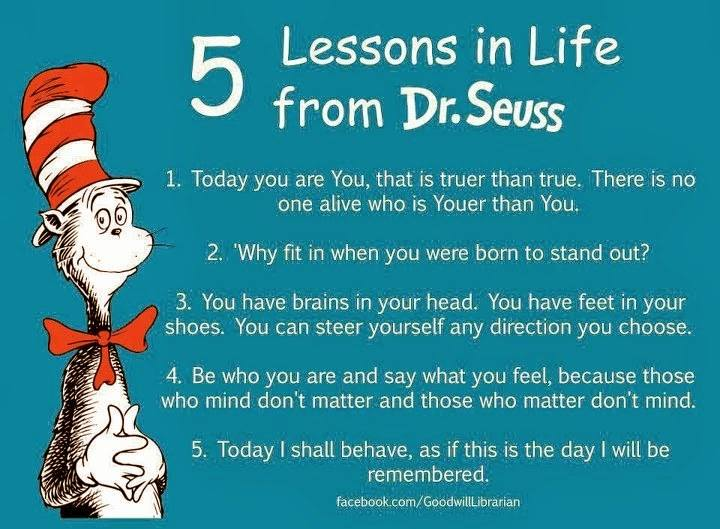
These influences surfaced in New York, where he absorbed the city’s energy—its theaters, bookshops, and diverse communities.
The urban landscape fueled his creativity, evident in the fantastical settings of his stories. Like my father, he attended Dartmouth.
There, he edited the humor magazine Jack-O-Lantern, sharpened his wit, while his brief stint at Oxford University exposed him to classic literature, though he found it less inspiring than doodling in notebooks.
In New York City, Geisel’s advertising work for brands like Standard Oil and Flit showcased his ability to craft memorable slogans and characters.
His cartoons often carried social commentary, a trait that later appeared in books like The Lorax and Yertle the Turtle.
The city’s publishing world, centered in Manhattan, offered opportunities to connect with editors and illustrators, paving the way for his literary breakthrough. By the late 1930s, Dr. Seuss was a name synonymous with innovation in children’s literature.

Crafting a Unique Style
Dr. Seuss’s books stood out for their distinctive style. His use of anapestic tetrameter—a rhythmic pattern with two short syllables followed by a long one—gave his stories a musical quality.
Titles like The Cat in the Hat (1957) and Green Eggs and Ham (1960) used limited vocabularies to teach reading, a response to the dull primers of the era.
My father, a linguist, particularly appreciated this style. Dad wrote several theses on Anguish Languish, the ersatz language constructed from similar-sounding English language words created by Howard L. Chace in the 1940s; this was not really a language but rather humorous homophonic transformations.

Time in NYC Shaped his Social Consciousness
During World War II, Geisel created political cartoons for PM magazine, criticizing fascism and racism.
These themes carried into his children’s books. His ability to weave moral lessons into engaging narratives made his work resonate with both children and adults.
From the truffula trees of The Lorax to the zany creatures of Oh, the Places You’ll Go!, he tackled issues like environmentalism and authoritarianism with subtlety.
Following family tradition, I raised my son Mathew on Oh, the Places You’ll Go!
The Sneetches, for instance, addressed discrimination, reflecting the civil rights struggles of the 1950s and 1960s.
The Butter Battle Book was about the nuclear arms race.
Challenges and Triumphs
Despite his success, Geisel faced challenges. Publishers initially doubted the market for his unconventional stories, and some critics dismissed his work as too whimsical.

Yet, his persistence paid off. The Cat in the Hat, published in 1957 by Random House, revolutionized early reading, selling millions of copies.
Its success led to the creation of Beginner Books, a division dedicated to accessible, engaging stories.
Geisel’s collaboration with his wife, Helen Palmer, an editor and author, strengthened his work, though her struggles with illness added personal challenges to his career (Palmer suffered from Guillain-Barré syndrome, a rare autoimmune disorder that causes muscle weakness and paralysis).
New York City remained a touchstone for Geisel, even as he later moved to La Jolla, California.
The city’s publishing houses, like Random House and Vanguard Press, provided the platform for his growing catalog.
His books became cultural touchstones, translated into dozens of languages and adapted into films, television specials, and Broadway productions.
By the time of his death in 1991, Dr. Seuss had published over 60 books, leaving an indelible mark on children’s literature.

Legacy and Lasting Impact
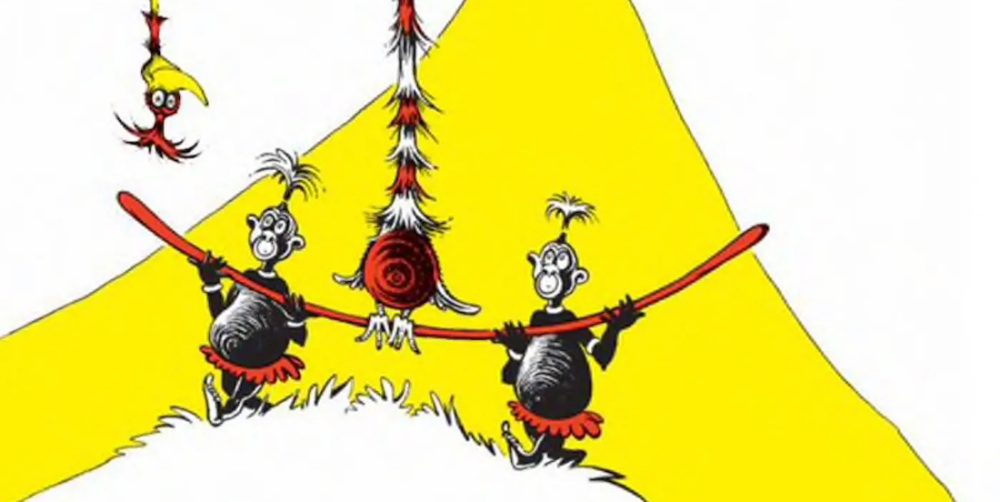
The legacy of Dr. Seuss extends beyond his books. His work inspired educational initiatives, like the National Education Association’s Read Across America program, launched in 1998 to promote literacy.
His stories remain staples in classrooms, libraries, and homes, teaching values like kindness, curiosity, and resilience.
Some of his early work, including cartoons and books like If I Ran the Zoo (1950), has faced scrutiny for racial stereotypes, prompting discussions about his legacy.
This is patently absurd as all people are products of their times, and he was born in 1904.
He could not change with the times because he died in 1991.
In 2021, to honor his progressive legacy, Dr. Seuss Enterprises announced it would cease publishing six titles with problematic imagery, reflecting a commitment to inclusivity.

Geisel’s influence persists in New York City, where his books are celebrated in bookstores and libraries.
The city’s vibrant literary scene continues to honor his contributions, with events like the annual New York Public Library children’s book festival showcasing his work alongside new authors.
His ability to blend entertainment with education revolutionized children’s literature, making reading a joyful adventure for millions.
Dr. Seuss’s stories remain timeless because they speak to universal themes—imagination, acceptance, and the courage to dream big.
From the streets of New York to the farthest reaches of Whoville, his work invites readers to explore fantastical worlds while reflecting on their own.
As Theodor Geisel once wrote in Oh, the Places You’ll Go!, “You have brains in your head.
You have feet in your shoes. You can steer yourself any direction you choose.”
This message, born from his creative journey, continues to inspire readers of all ages – including my son.
Theodor Geisel’s Progressive, Whimsical World of “Dr. Seuss” (Aug. 7, 2025)
Summary
Theodor Geisel, known as Dr. Seuss, transformed children’s literature with whimsical tales and vibrant illustrations. From New York City’s dynamic scene, he crafted stories like The Cat in the Hat and The Lorax, blending rhythm, humor, and moral lessons. His innovative style, rooted in early experiences and sharpened in Manhattan’s publishing world, made reading joyful. Despite challenges, his legacy endures, inspiring generations with creativity and universal themes of kindness and imagination.